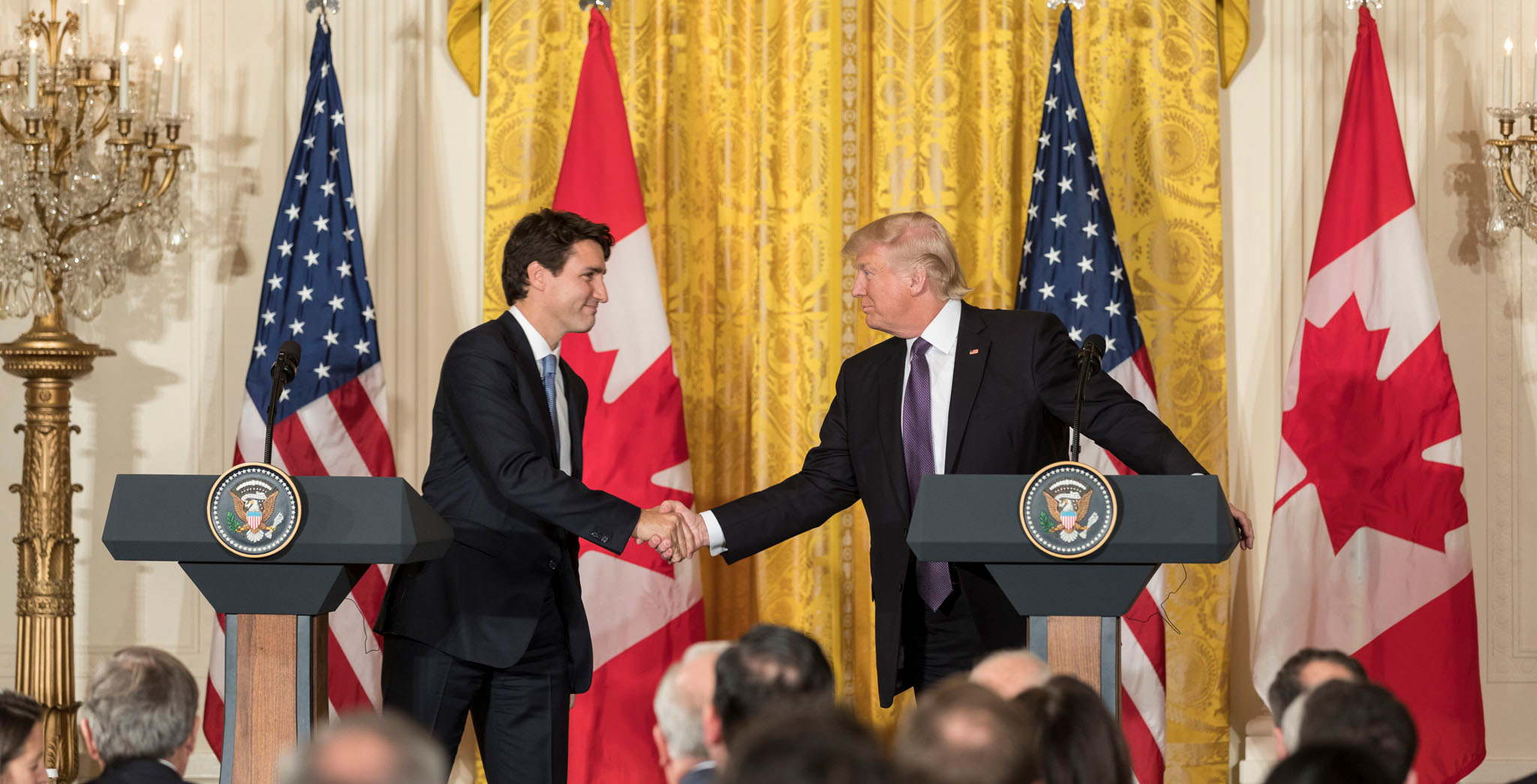
Although the U.S. listed three telecommunications goals in its recently released, 16-page ‘Summary of Objectives for the NAFTA Renegotiation,’ experts on the subject say those objectives aren’t likely to have major ramifications for the Canadian wireless industry.
The goals document states the U.S. would like to promote competitive supply of telecommunications services by “facilitating market entry through transparent regulation and an independent regulator.”
The country also aims to secure commitments to provide reasonable network access for telecommunications suppliers through interconnection and access to physical facilities and scarce resources, and establish provisions protecting telecommunications services suppliers’ choice of technology.
The first goal seems to indicate that the U.S. is looking to enter the Canadian market and might want to address foreign ownership rules — an idea bolstered by a 2016 report by the U.S. trade representative that stated Canada’s 46.7 per cent limit on foreign ownership of major telecommunications suppliers is “one of the most restrictive regimes among developed countries.”
The opportunity for American telecommunications companies to do more business in Canada could lead to “more variety and lower prices” in the country, according to an expert interviewed by Global.
“I’d be surprised if NAFTA resulted in significant changes to telecommunications regulation in Canada.”
However, several Canadian experts that spoke with MobileSyrup suggest NAFTA changes won’t make for any groundbreaking change in the telecommunications industry.
“I’d be surprised if NAFTA resulted in significant changes to telecommunications regulation in Canada,” said Canada Research Chair in Internet and E-commerce Law Michael Geist told MobileSyrup over email.
“I think the chapter will likely follow the TPP [Trans-Pacific Partnership] model which would not have had much impact on Canada. I don’t think it will impact the wireless sector nor do I believe it is a major issue. There may be some discussion about foreign investment limits, but given the vertical integration in Canada, a meaningful change would likely require changes to broadcast ownership restrictions. I think that’s unlikely.”
Eric Miller, trade expert and president of Rideau Potomac Strategy Group agreed with Geist, stating: “One will have to see the detailed position of the U.S., but it appears the U.S. is more focused on Mexico in this case than Canada.”
He noted that, unlike Mexico, Canada has an independent regulator in the Canadian Radio-television and Telecommunications Commission, and while the U.S. may not like all of its decisions, the Commission is always fairly transparent — a clear sign that the first and perhaps most intriguing goal is not targeting Canada.
“The U.S. has a special category of foreign trade barriers for telecommunications. Canada has made that list on a fairly regular basis.”
Peter Clark, an active international trade practitioner and president of Grey, Clark, Shih and Associates, also states that the new NAFTA leading to a change in Canada’s current limit on foreign investment is “not very likely,” though he notes: “We do have a new and different government who may not have the same concerns.”
Still, Clark believes telecommunications is a significant concern for the U.S. in the broader scheme of things.
“The U.S. has a special category of foreign trade barriers for telecommunications,” said Clark.
“Canada has made that list on a fairly regular basis. The U.S. attaches very high importance to industries of the future even if demands to scrap and rebuild the trading system are based on the alleged problems of industries of the past.”
Talks are expected to begin on or around August 16th.
Image credit: The White House via Flickr
MobileSyrup may earn a commission from purchases made via our links, which helps fund the journalism we provide free on our website. These links do not influence our editorial content. Support us here.


